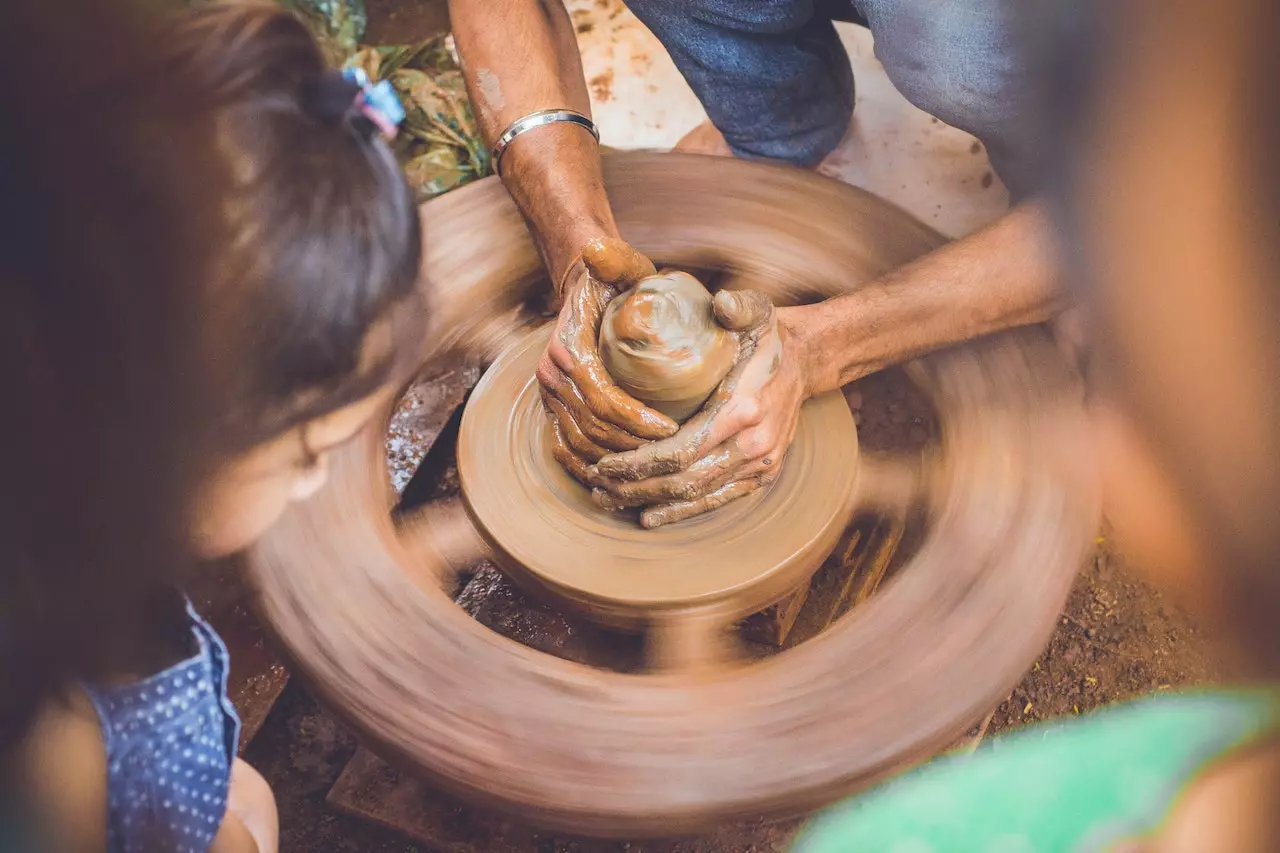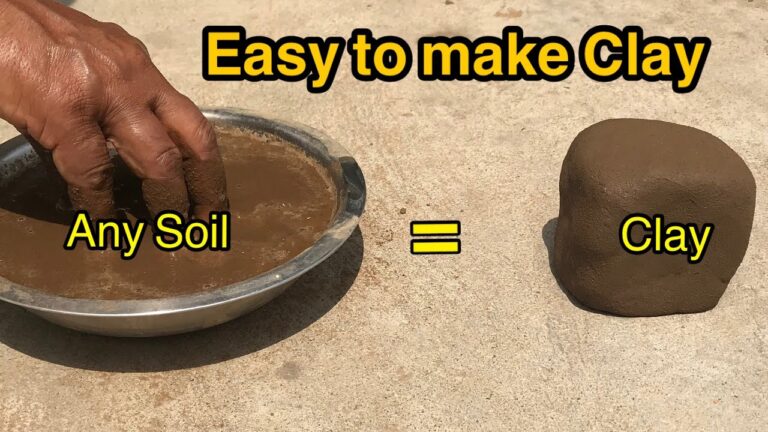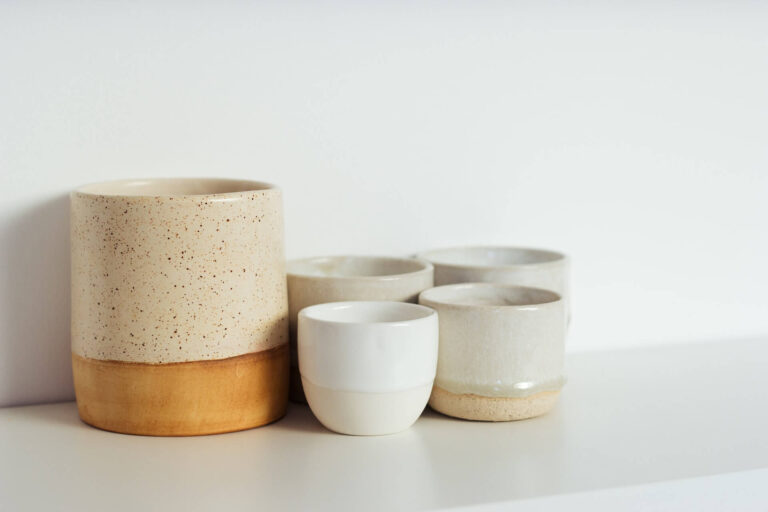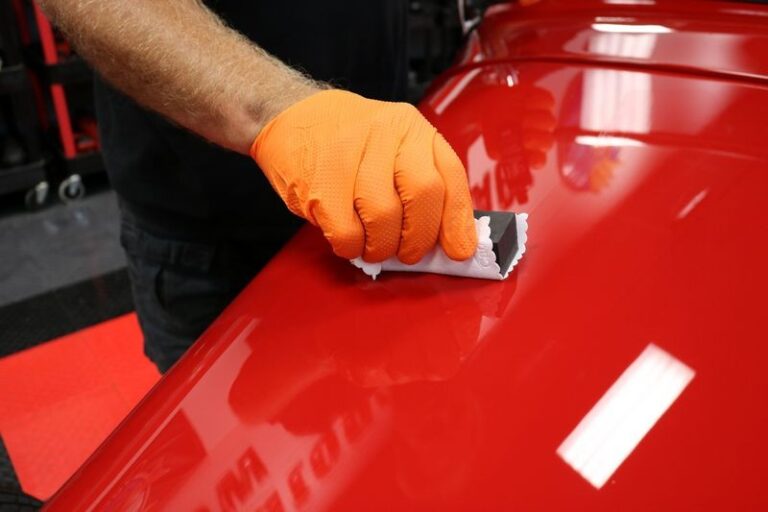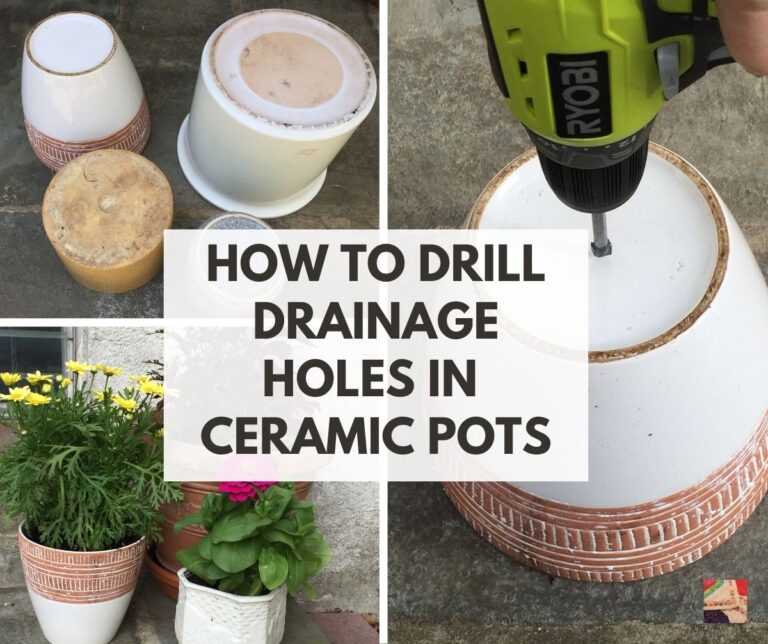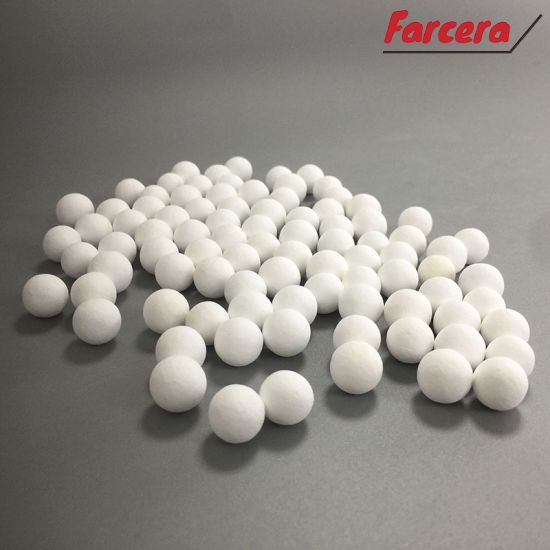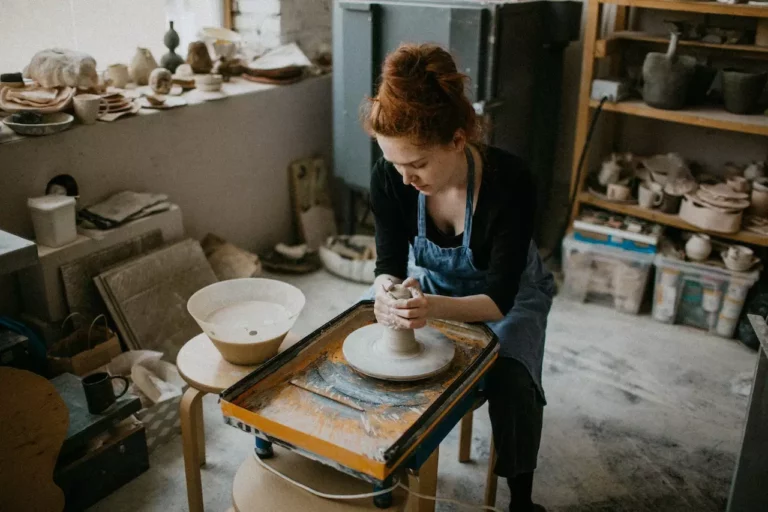What Is The Process of Making Pottery?
Pottery is an ancient art form that has been practiced for thousands of years. It involves the creation of functional or decorative objects using clay and other materials. The process of making pottery requires skill, creativity, and a deep understanding of various techniques. In this article, we will explore the fascinating process of making pottery, from clay preparation to the final firing.
Introduction
Pottery holds immense cultural and historical significance. It has been an essential part of human civilization, serving both practical and artistic purposes. Pottery items range from everyday household objects like plates and bowls to intricate sculptures and vases. The process of making pottery combines craftsmanship, creativity, and technical knowledge.
Origins of Pottery
The origins of pottery can be traced back to prehistoric times. Early civilizations discovered that clay could be molded and hardened by heat, resulting in durable vessels. Archaeological excavations have unearthed ancient pottery fragments, providing valuable insights into early pottery techniques and materials.
Clay Preparation
The first step in making pottery is clay preparation. Various types of clay are used in pottery, including earthenware, stoneware, and porcelain. Clay must be refined, removing impurities and ensuring it has the right consistency for molding. The preparation process involves steps like clay mining, washing, and aging to enhance its workability.
Forming Techniques
Pottery can be formed using different techniques. Hand-building is one of the oldest and most versatile methods. It involves shaping clay by hand using techniques like pinch, coil, and slab construction. Another popular technique is wheel-throwing, which utilizes a potter’s wheel to create symmetrical and precise forms.
Decoration and Glazing
Once the basic form is created, potters often add decorative elements to enhance the aesthetic appeal of their pottery. Surface decoration techniques include carving, stamping, and painting with underglazes or slips. Glazing is another crucial step that involves applying a liquid mixture of minerals and pigments to pottery before firing. Glaze not only adds color but also provides a protective and glossy surface.
Firing Process
The firing process involves subjecting pottery to high temperatures to transform it into a durable, non-porous material. There are different types of kilns used for firing pottery, such as electric kilns, gas kilns, and wood-fired kilns. Each kiln type has its unique characteristics and temperature requirements. The firing temperature depends on the type of clay and desired outcome.
Finishing Touches
After the pottery is fired, it undergoes a series of finishing touches to achieve a smooth and polished appearance. Sanding and smoothing the surface removes any imperfections or roughness. Potters may also apply additional decorative elements, such as handles or surface textures, to further enhance the aesthetics of the piece.
Drying and Bisque Firing
Before glazing and final firing, pottery must be thoroughly dried to remove any remaining moisture. Drying is a critical step to prevent cracking or exploding during firing. Once the pottery is dry, it goes through a process called bisque firing. Bisque firing involves heating the pottery to a lower temperature to harden it further and make it more porous, preparing it for glazing.
Glazing and Final Firing
Glazing is the process of applying a glassy coating to pottery. Glazes come in various colors and finishes, and potters carefully select the glaze that suits their artistic vision. Glaze is applied using different techniques like dipping, brushing, or spraying. After glazing, the pottery undergoes a final firing at a higher temperature to fuse the glaze with the clay, resulting in a finished piece.
FAQs
1. How long does it take to make a piece of pottery?
The time required to make pottery varies depending on the complexity of the piece and the techniques used. It can range from a few hours for a small hand-built item to several weeks for a large and intricate wheel-thrown piece.
2. Can anyone learn to make pottery?
Yes, anyone can learn to make pottery with dedication and practice. Taking pottery classes or workshops can provide a structured learning environment and guidance from experienced instructors.
3. Is pottery a profitable business?
Pottery can be a profitable business, especially if you create unique and high-quality pieces that appeal to a specific market. Building a customer base and establishing a strong brand presence are key factors for success.
4. What is the difference between earthenware and stoneware?
Earthenware and stoneware are two types of clay used in pottery. Earthenware is more porous and is fired at lower temperatures, resulting in a softer and more rustic appearance. Stoneware, on the other hand, is fired at higher temperatures, making it denser and more durable.
5. Can pottery be repaired if it breaks?
In most cases, pottery can be repaired if it breaks. There are various techniques for repairing pottery, including using specialized adhesives and re-firing the broken pieces. However, the repaired pottery may not have the same strength as the original piece.
Conclusion
The process of making pottery is a beautiful blend of creativity, craftsmanship, and technical expertise. From clay preparation to the final firing, each step requires skill and attention to detail. Pottery allows artists to express their artistic vision while creating functional and decorative objects. Whether it’s a simple mug or an intricately designed sculpture, pottery continues to captivate and inspire.
